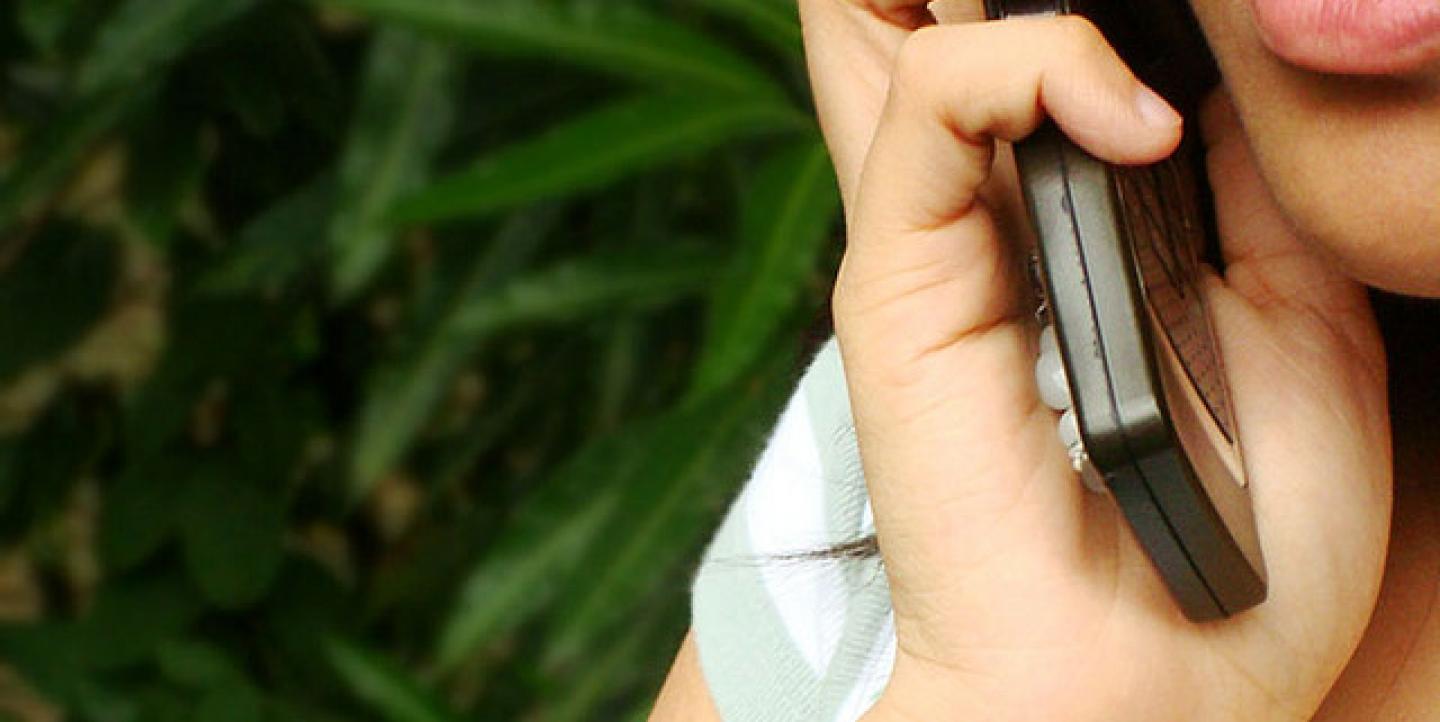It’s happened to the best of us: You call a key source for an interview and press play on your recorder as he or she picks up. After a great series of questions and answers, you look down to realize — gasp! — that it wasn’t recording after all.
Because of such common pitfalls, many journalists feel most in control when they’re scribbling down notes about what an interviewee is saying over the phone. But as fast as your longhand or typing skills may be, sometimes an audio file is simply essential to getting the story you need. And sometimes, editors and fact-checkers even require audio files.
“It can be illuminating to look back at what you thought was interesting on the phone and then unearth a wonderful quote or tangent from the recording,” journalist Heather L. Seggel told IJNet.
Whether you’re using a landline, cell phone or Skype, there are a number of methods available for recording interviews, at a variety of price ranges. Here IJNet rounds up some of the most popular:
Calls
Many journalists use the tried and true “speakerphone method” - putting your phone on speaker and then recording the call with an audio recorder, to get both sides of the call recorded. Because the phone is on speaker, it’s also easier to write or type notes as your subject speaks. Downfalls of this method might include feedback, poor recording quality and lack of intimacy with a subject due to being on speakerphone.
The Olympus TP-8 telephone pickup mic (US$20) makes it possible to record two sides of a cell or landline conversation. To use the TP-8, you simply plug the cable jack into the mic jack of whichever voice recorder that you're using, and put the earphone side into your ear. There's a highly sensitive mic in the earbud that picks up what your interviewee is saying, as the voice recorder picks up your voice, capturing both sides of the conversation as one file on your voice recorder.
Recording apps for mobile phones are widely available, both for iPhone and Android devices. Apps vary in their features, pricing and availability, so be sure to read the fine print. Some options: TapeaCall (US$10), which works only on iPhone; Record my Call, available only on Android; and Call Recorder, for iPhone and Android. Here is a full list of available apps for phone recording.
If you have an interview with an overseas source, you can use Free Conference Call International, which offers complimentary call recording. This option only works when both you and the person you’re interviewing dial in to a number.
Google Voice is a free service that lets you record interviews with any phone, and promptly delivers the MP3 files to your inbox, which can be downloaded or emailed. The big drawback to Google Voice is that it works only with incoming calls, so you have to get your source to call you.
If you’re in North America and open to a pricier option, No Notes uses your own phone number when you call a subject. According to U.S. journalist Kira Zalan, this software works best when dialing out and recording, as opposed to recording an ongoing call.
Skype and other internet calling programs
For Mac users: Call Recorder for Skype is a US$29.95 Mac-only plugin made by Ecamm that can record audio and video from Skype calls. It then converts calls into MP3 files for podcasting or online videos. Ecamm offers a free seven-day trial. Audio Hijack Pro allows you to record audio from applications like iTunes, Skype or a DVD Player, from microphones, Radiosharks and other hardware. You can save the audio as MP3, AAC, Apple Lossless, or AIFF audio formats. Before purchase, noise is overlaid on all hijackings lasting longer than ten minutes. To unlock the full version, you can purchase a license key for US$32.
Windows users: The free MP3 Skype Recorder offers automatic or manual recording capabilities. Stored files are converted to compact MP3 files. And Pamela is a Skype audio and video recording software that allows for a free 30-day trial period. Pamela Basic and Call Recorder are freeware at zero cost and allow for 15 minutes per call recording. You can purchase a license for Pamela Call Recorder and remove the recording limitation.
Bonus tool
Pear Note, for Mac and iOS devices, records audio, video and whatever else you do, including typing notes and changing slides, on a timeline. Freelance science writer Cassandra Willyard uses it to link her notes with an audio file, and to flag the bits of audio that might make good quotes in her notes. Willyard told IJNet: “After the interview, I can go back and listen to the audio again to make sure I have the correct wording. Click on any spot in my notes, and it takes me to the exact words that were being recorded at that moment. It's brilliant, and such a time saver because I don't have to listen to the entire interview again.”
Expert tip: No matter what recording system you use, make sure to always save your audio files immediately to your computer, external hard drive or the cloud after an interview.
Do you use another tool or method for conducting and recording phone interviews? Share in the comments.
Image courtesy of Flickr user Gerald Pingol under a Creative Commons license.

